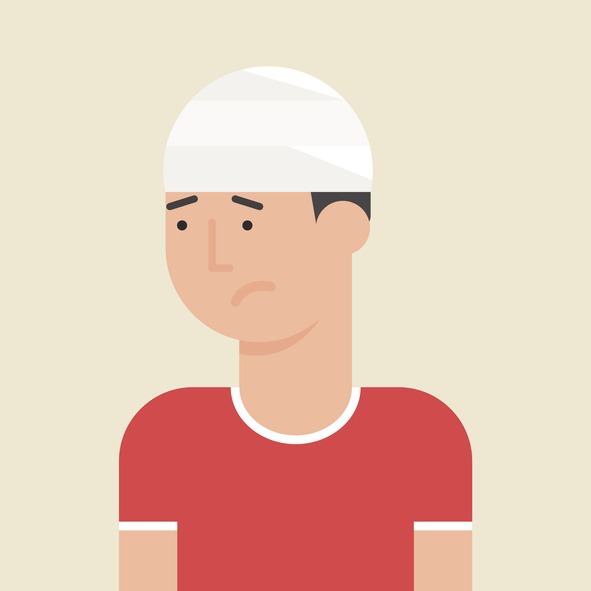
Knowing how to handle a patient with head trauma is key – read on for admission and observation criteria
CREDIT: This is an edited version of an article that originally appeared on GP Notebook
NICE has suggested the following guidelines for admission with respect to the patient with head trauma:
Admission and observation
Use the criteria below for admitting patients to hospital following a head injury:
• Patients with new, clinically significant abnormalities on imaging
• Patients whose GCS has not returned to 15 after imaging, regardless of the imaging results
• When a patient has indications for CT scanning but this cannot be done within the appropriate period, either because CT is not available or because the patient is not sufficiently cooperative to allow scanning
• Continuing worrying signs (for example, persistent vomiting, severe headaches) of concern to the clinician
• Other sources of concern to the clinician (for example, drug or alcohol intoxication, other injuries, shock, suspected non-accidental injury, meningism, cerebrospinal fluid leak)
Admission and observation of people with concussion symptoms
• For people with concussion symptoms after normal brain imaging or no indication for early imaging, follow the indications for admission as above.
Notes:
• Some patients may require an extended period in a recovery setting because of the use of general anaesthesia during CT imaging
• In circumstances where a patient with a head injury requires hospital admission, it is recommended that the patient be admitted only under the care of a team led by a consultant who has been trained in the management of this condition. The consultant and their team should have competence (defined by local agreement with the neuroscience unit) in:
• Assessment, observation and indications for imaging
• Inpatient management
• Indications for transfer to a neuroscience unit
• Hospital discharge and follow up


Be the first to comment